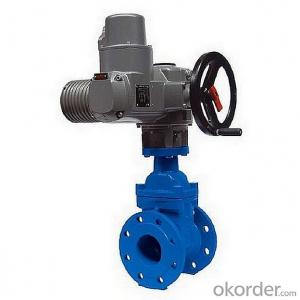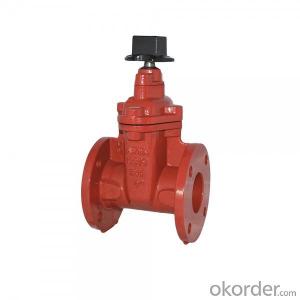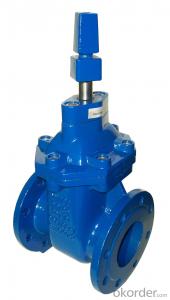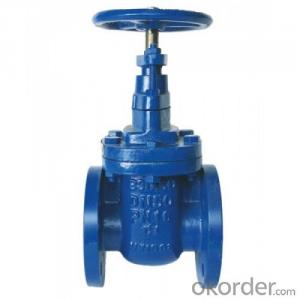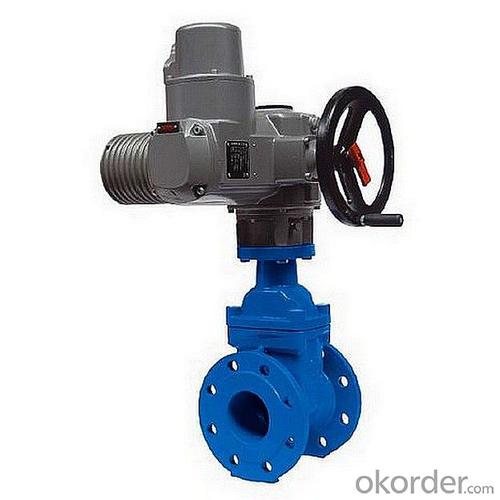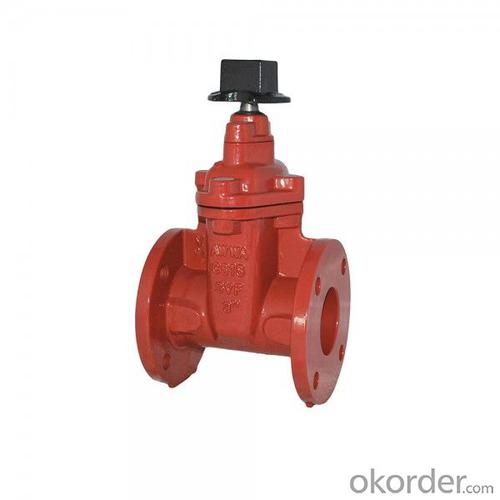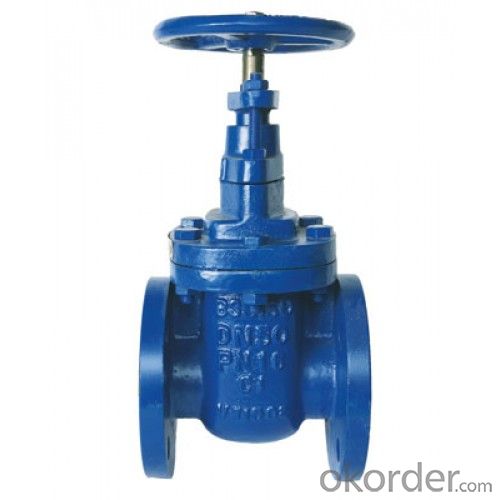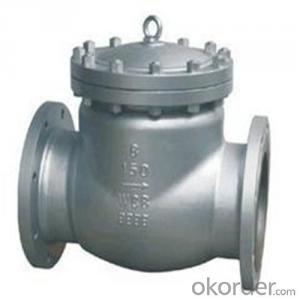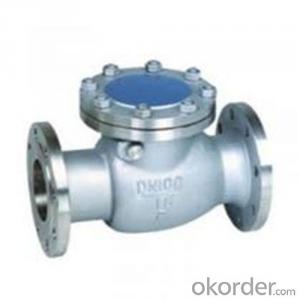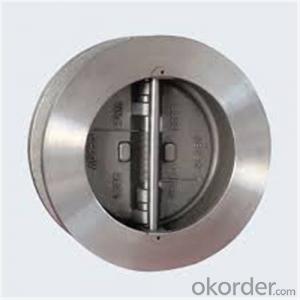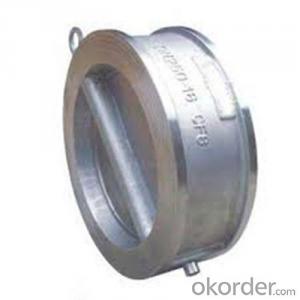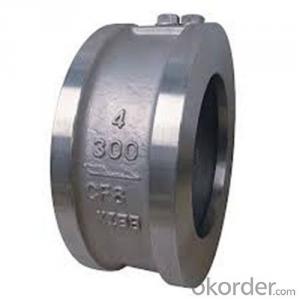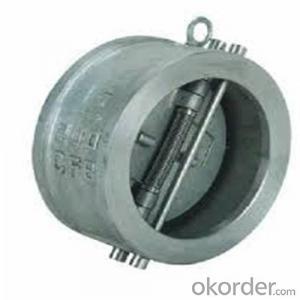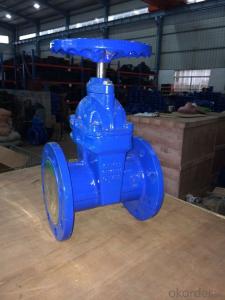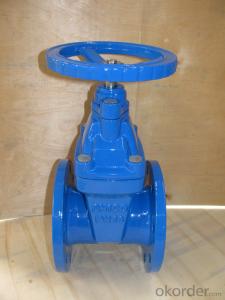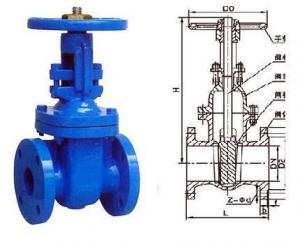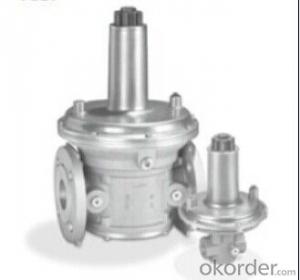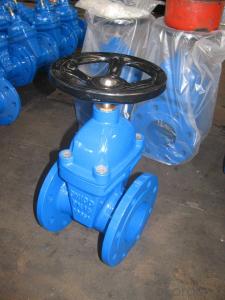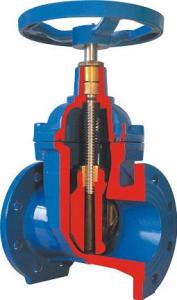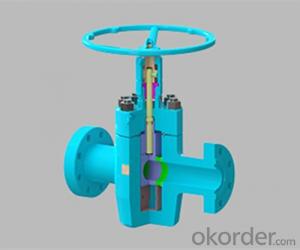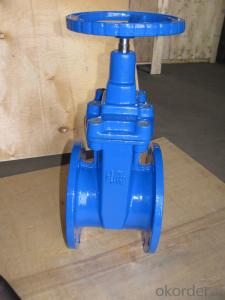Ductile Iron Gate Valve Non-Rising Stem of DIN3352 with Electric
- Loading Port:
- Tianjin
- Payment Terms:
- TT OR LC
- Min Order Qty:
- 10 unit
- Supply Capability:
- 100000 unit/month
OKorder Service Pledge
OKorder Financial Service
You Might Also Like
Non-rising resilient seated gate valves solve the problem in general gate valves such as leakage, rusting etc. and saves installation space. It is used widely in tap water industry, sewage treatment, shipping construction, petroleum, chemicals, food, pharmacy, textile, electric power, metallurgy and energy system's pipeline to adjust and shut off fluids.
l Replaceable O-ring
l Low torque operation
l Rubber encapsulated wedge
l Clockwise closing direction
l Fusion bonded epoxy coated inside and outside
Specification
Body materials: Ductile Iron
Design standard: DIN3352 F5
Design pressure: PN10/PN16/PN25
Size: DN80mm-DN2000
Connect type: Flanged gate valve
Seal type: Resilient seated gate valve, EPDM+ Ductile Iron
Coating:
Fusion bonded epoxy coated both on the interior as well as the exterior surfaces of the valve, flange surfaces are also fully epoxy coated, blue color.
Application
Potable water, neutral liquids, irrigation, heating and chilled water, fire systems etc, in either above ground or buried service applications and requires minimal maintenance
Feature
This Ductile Iron Resilient Seated Gate Valve is fully compliant to DIN3352 F4. We have light weight type, heavy weight type and even middle weight type for your reference, and these three options design construction of ductile iron will offer a robust and durable extended life performance.
1- Bolted bonnet, full bore: used for larger valves and higher pressure applications.
2- Stem sealed with O-rings: realize zero leakage, could be replace under full pressure.
3- Rubber encapsulated wedge: excellent elastic memory, ensure sealing effect.
4- Blue fusion boned epoxy coated inside and outside: suitable for portable water.
5- Working pressure from -1 to +16 and working temperature from -10 to +80°C
Durable
This valve is suitable for use in a wide range of applications including potable water, neutral liquids, irrigation, heating and chilled water, fire systems etc, in either above ground or buried service applications and requires minimal maintenance. This Resilient Seated Gate Valves have a rated working pressure of 16 Bar. The valves seal 100% leak tight. The waterway is clear, unobstructed and free from pockets. Resilient seated gate valves are fusion bonded epoxy coated both on the interior as well as the exterior surfaces of the valve, flange surfaces are also fully epoxy coated.
Advantage
1- OEM Factory : Professional manufacturer, clients from whole world.
2- High Quality, Competitive Price: Custom is accepted.
3- Complete Service: Long service Life, Fast delivery, Multilingual services.
4- Certificates: ISO9001, CE, NSF, TS, WRAS.
5- Low MOQ: Ready for providing the sample and producing some small orders.
FAQ
Q: Are you manufacturer of trading company? Which kind of valves do you supply?
A: We are a professional manufacturer of butterfly valves, check valve, non-return valves, gate valves, Y-strainer and so on.
Q: Will you do inspection before shipment? Whether Third Party Inspection is available?
A: We have a professional engineer team, so we can offer you the most professional technical support. All valves are tested twice before and after hammer pin to ensure its perfect sealing property and to make sure every valve is ok before ex-factory. TPI is ok but the clients should bear all fees.
Q: What kind of package do you use for these valves?
A: Valves from DN80-DN1400 will be packed in wooden boxes, but valves above DN1400 will be in wooden pallets. If you need wooden boxes for above DN1400, the price may be more expensive.
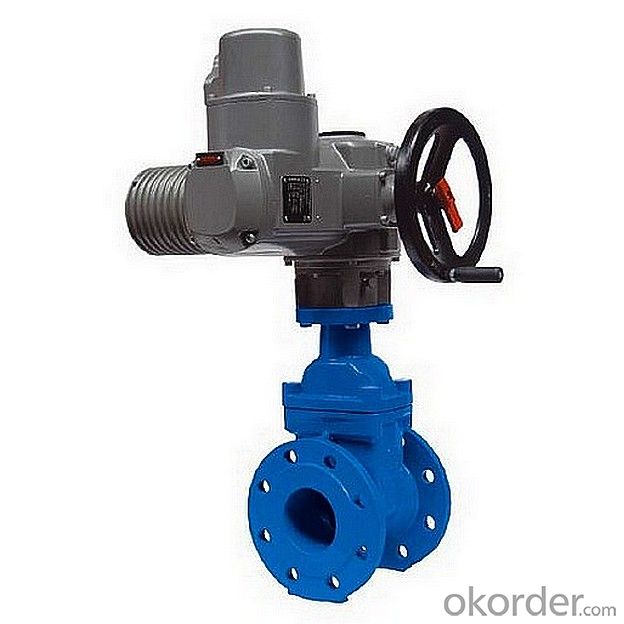

- Q: Chev 350 in marine use. Made horiffic exhaust noise, especially with increasing throttle. Cam seems fine still, but the rocker on #5 exhaust was somewhat off to the side but still touching the side of the valve stem...but stem bent. What would cause this and is this the cause of the loud combustion sound (like a spark plug out of it's hole?
- make sure you dont have any of the spark plug wires crossed (like 5 7). If you do, you'll get a backfire out of the exhaust or carb.
- Q: I was diagnosed by 2 places that my 1995 chevy lumina needed a new egr valve due to the check engine light being on. I got a new EGR valve but the check engine light is still on. Evidently there is something else wrong with the car. Since the check engine light is still on would you figure that my EGR valve is still good and that the light comes on for some other problem?
- i think your right. I'm not sure but a think your EGR valve is vacuum operated. If so, there is a vacuum solenoid to control the vacuum to the egr valve. There is also intake vacuum to this solenoid. Could be no vacuum to solenoid or a bad solenoid or wires controlling the solenoid. But also could be a completly different problem other than egr. You need to go back to the shop that put on the egr valve and find out why the egr valve didnt fix your problem. And either have them fix it right or get your money back.
- Q: For example, 2 valves from the modular 4.6 is equivalent to 1 valve from the LS1 which is a bigger valve.
- Depends on the displacement of the engine and the size of the valves use, generally speaking four valves will cover more surface area than two valves. Using larger valves is generally cheap than using multiple smaller valves and less mechanically complex as well. But larger valves often need to be stronger and stiffer valve springs are needed, stiffer/larger valve springs = more energy required to open the valves which means there's a loss of power there, you can get around this somewhat by using stronger yet light materials like titanium, but if you do that, it can get expensive. And there's also the option of using multi-valve heads on pushrod engines like you see in the diesels used by the big three. To answer your question, there's no hard and fast rule about it.
- Q: Slow songs are a major factor of this this lagging sound. Note to Note. I Oil my Valves often and they still are slow. Am I just not using enough air? Help me Experts!
- Clean your valves properly. Use dish soap and a light plastic scrubbing pad and clean the inside the cylinder and the valve. If that doesn't work, try again using rubbing alcohol to clean the valve. Make sure that the valve guide and the little channel it fits in are clean. (use a toothpick to clean that place) You might also consider getting new springs. More air will not speed up the valves but it will help you maintain a constant sound.
- Q: When using seafoam through the PCV valve. Which side contains the vacuum? From the crank case of intake manifold? The brake booster line is very difficult to access and on their site it says I can apply seafoam through the pcv valve.
- On most engines the PCV Valve is located on the valve cover. You would remove the PCV valve from the valve cover but leave it connected to the vacuum hose. Otherwise you would have a severe vacuum leak and the engine would race wildly. With the PCV valve still in place the engine would idle somewhat normally. Pour the Sea Foam directly into the PCV valve. The Sea Foam would be sucked into the PCV valve and into the intake manifold. Be careful not to over do it on the first application. If this has not been done for a few years enough gunk can be washed out of the intake manifold that it can foul the catalytic converter. I would apply the Sea Foam. Have a friend shut off the engine while the Sea Foam is added. Allow the Sea Foam to soak for several minutes and do its job. Reconnect the PCV valve. Start the engine and drive the vehicle for several miles. This will allow the catalytic converter to burn off the gunk that and Sea Foam that has passed through the engine. Repeat as necessary.
- Q: My car had white smoke coming out from the exhaust.After talking to my mechanic, he said that the valve seat is faulty in which i suspected earlier. He also told that my car need to be overhauled. What would a faulty valve seat cause my engine?
- If the valve seats leak it will cause oil to run down the valve stem and either it gets sucked into the intake or it get pushed out the exhaust, depends if both valve stems are leaking. It would be black smoke not white. Your car will produce water in the exhaust system when exhaust goes through the cat converter this may come out as a white smoke but it should not be something you can see if your driving. If it is that much you have a head gasket problem.
- Q: do I need a new water heater or can this ne be fixed?
- It can be Fixed. Try as Follows 1) tighten it up 2) Put some Silicone around it 3) Buy a new one a replace it. Make sure that you cut the water OFF before you Change anything out. Pop Off Valves are Not Expensive and are Very Easy to Change out. You need a 10 or 12 inch Pipe Wrench and some Pipe Dope. That is all. You unscrew the old one, put Pipe Dope on the Threads of the New one, and Screw the new one in. Takes about Five Minutes and maybe $ 10.00.
- Q: we are researching fluid power (pneumatics and hydraulics) in my high school engineering class. Does anyone know another name for a valve? I've been able to find different types, but I can't come up with any different names for a valve. Anyone have any ideas?
- Valve comes from latin valva. There is not other name for it in engineering, but some times is referred as a cock, if the valve is used as shutoff valve, it is also known as shutoff cock. For irrigation, sometimes large gate valves are also known as gates. I can give you many names for the type of valves but I can't think of any other name that replaces valve.
- Q: In place of actual valve oil, can I use WD40? How about baby oil? Are there any household products which work?
- A bottle of valve oil only costs $3-4, so next time you go to the music store, buy two bottles. Then you'll be set for a long time.
- Q: I have a rainbird Sprinkler system. One of the zones the sprinklers do not pop up. Someone said maybe the valve is stuck closed from the winter. How do you open and close the valve manually to loosen it back up. and where would this valve be located in the little green junction box near where the zone starts????
- they dont really stick from the winter. i would say if the valve has a problem the diaphram needs replacing on the inside of it. ( all you have to do is find the same kind of valve and take the old parts out of the valve and replace them, the top, and the solenoid with the new valve's parts. they can be anywhere in your yard. ive even found the valve boxes buried under bushes. some installers don't put them in boxes, they just bury the valves. if you know where any of the green boxes are open the lids and see what's inside. sometimes more than one valve will be in a box. turn the solenoid on the valve. ( this will be the peice that the wire are connected to on the valve. dont turn the solenoid too much or it will come out. just a 1/4 to 1/2 a turn or so maybe a little more or less. and when you find the valve that turns on the zone 8 that is not working that is the valve for that section. you may even be able to hear the valve trying to come on when the timer shows it is running. if not, then check for power at the valve. if no power. there is a short, bad connection, or bad module in the timer. if power- replace just the solenoid first. if that doesnt work rebuild the valve. if you have no luck finding the box with zone 8 in it then try a few tips. get a screwdriver and poke around where some other valve boxes are. they may be close together. use a wire locator or hire a professional to locate the valve and show you how to repair it. to manually open and close the valve- open upthe solenoid like i said. or use the bleeder if the valve has one.
Send your message to us
Ductile Iron Gate Valve Non-Rising Stem of DIN3352 with Electric
- Loading Port:
- Tianjin
- Payment Terms:
- TT OR LC
- Min Order Qty:
- 10 unit
- Supply Capability:
- 100000 unit/month
OKorder Service Pledge
OKorder Financial Service
Similar products
Hot products
Hot Searches
Related keywords
